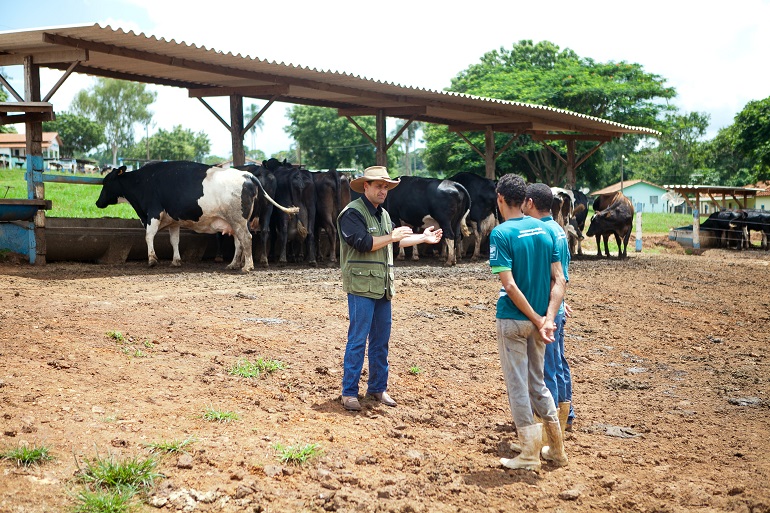Introduction in Cattle Diseases and Prevention Measures
In the past few years, there has been an unprecedented demand for high-quality meat and animal by-products such as milk. Farmers and companies have turned to more intensified livestock farming to cover these needs. In many cases, these conditions have given rise to some serious animal disease outbreaks that can be transmitted to humans, such as the avian flu (bird flu), mad cow disease (B.S.E.), tuberculosis, anthrax, brucellosis and a few others that have raised great concerns requiring more vigilance in controlling animal diseases that can affect humans when the animal products are consumed.
The evolution of science has made animal disease prediction and treatment easier. At the same time, monitoring and eradication of some diseases and pests have become possible. The combination of science and nutrition has made possible the extensive breeding of high-value breeds and the transmission of important genes to a broader geographical scope with technologies such as artificial insemination (A.I.).
Cattle diseases are a major production limitation in many geographical regions. Some diseases are more prominent in specific areas and depend upon the disease-carrying vectors. Sometimes the suitable climatic conditions for the succession of different generations of disease carriers. Among the most prominent disease-transmitting carriers in the tropics are the ticks, which persist in many geographic locations while the vectors can pass through several generations.
The current challenge posed by increased resistance to pest and disease control measures has put unprecedented strain on researchers to always be on the lookout for new formulations and resistance genes. At the same time, vaccination programs have also been used to reduce susceptibility and spread of some notifiable diseases before they cause severe economic losses. Prevention measures are always the first key to successful control.
Animal Disease Prevention Measures
What can a farmer do to prevent a disease outbreak at his/her farm (animals)?
1. Keep the housing, feeding and watering equipment clean.
2. Kill insects, such as ticks and flies, which carry diseases.
3. Isolate animals which fall sick from the rest of the herd as soon as possible and give them urgent veterinary attention. Many diseases can be cured if treated at the early stage
4. The livestock farmer should be aware that there are certain diseases which can only be adequately controlled by vaccination
5. The farm animals should be isolated as far as possible from contact with other animals as these may be a source of disease. Visitors should be kept from the stock as they may carry diseases on their boots or clothes.
Read more in the book of the author “Success in agribusiness: Profitable milk production”, by James Mwangi Ndiritu.
Pests in Cattle- External Parasites
Pests in Cattle- Internal Parasites
Serious Cattle Diseases caused by Pathogenes









































































